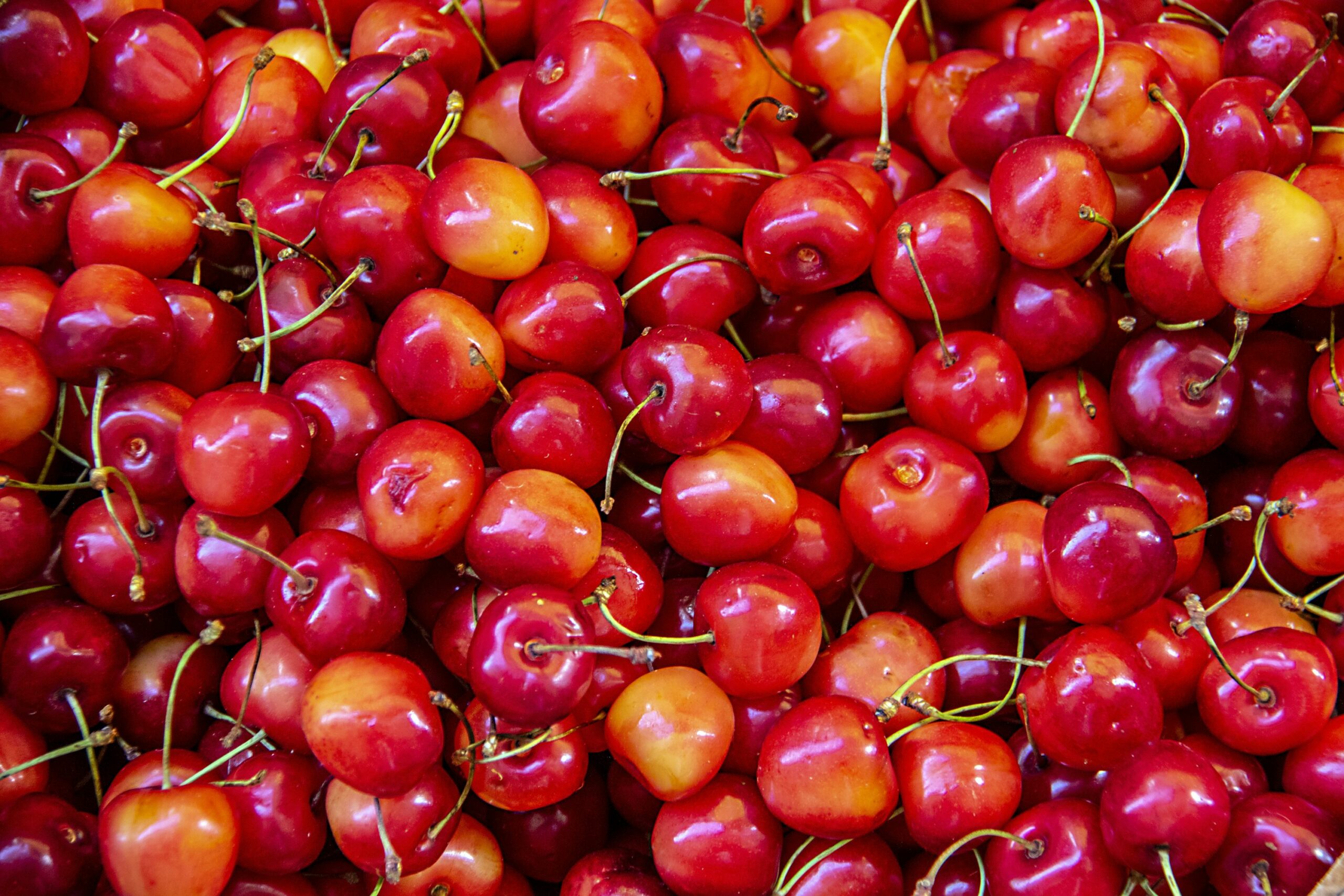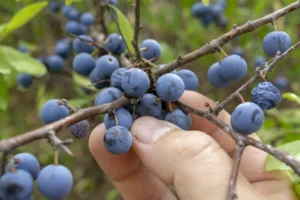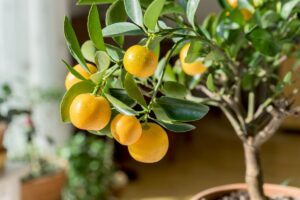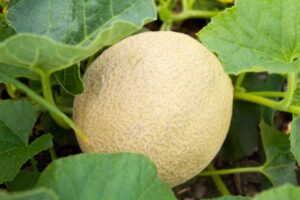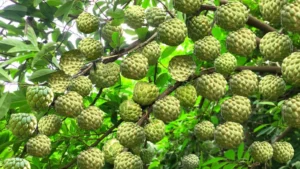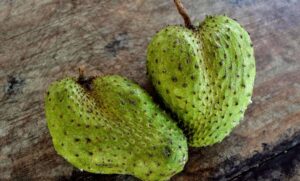How to Grow and Care for Cherry Trees: A Complete Guide
Cherry trees are beloved for their stunning spring blossoms and delicious fruits that grace the US market each year. Whether you’re dreaming of harvesting sweet cherries for fresh eating or tart varieties for baking, growing your own cherry tree can be a rewarding experience. This guide will walk you through everything you need to know about growing and caring for cherry trees in different settings – from your backyard orchard to container gardening on a patio.
Understanding Cherry Tree Varieties
Before diving into cherry cultivation, it’s important to understand the two main types of cherries grown in the United States:
Sweet Cherries (Prunus avium)
Sweet cherries are the varieties typically found in grocery stores and farmers’ markets. These cherries are delicious eaten fresh and are a staple in the US market. Popular sweet cherry cultivars include:
- Bing: Large, dark red fruits with excellent flavor
- Rainier: Yellow-red fruits with a sweet, mild flavor
- Stella: Self-pollinating variety with dark red fruits
- Black Tartarian: Early-ripening with small, sweet black fruits
Tart/Sour Cherries (Prunus cerasus)
Tart cherries are primarily used for cooking, baking, and preserving. They’re smaller and more acidic than sweet cherries. Common tart cherry varieties include:
- Montmorency: The classic pie cherry with bright red fruits
- Morello: Dark red fruits with rich flavor
- North Star: Self-fertile dwarf variety good for small spaces
- Early Richmond: Early-ripening with medium-sized bright red fruits
According to the USDA, Michigan leads the nation in tart cherry production, while Washington state dominates sweet cherry cultivation. For detailed information on cherry varieties and their adaptability to different regions, you can refer to the USDA Plant Hardiness Zone Map.
Growing Cherry Trees: Site Selection and Planting

Climate Requirements
Cherry trees have specific climate needs that must be met for successful growth. Most sweet cherry varieties require:
- 700-900 chill hours (hours below 45°F/7°C) during winter
- Protection from late spring frosts that can damage blossoms
- USDA hardiness zones 5-8 (check your zone at the USDA website)
Tart cherries are generally more cold-hardy and can be grown in zones 4-8. If you live in a warmer climate (zones 8-10), look for low-chill varieties specifically developed for milder winters.
Soil and Site Preparation
Cherry trees thrive in:
- Well-draining, fertile soil with a pH between 6.0-7.0
- Full sun (at least 6-8 hours of direct sunlight daily)
- Areas with good air circulation to prevent disease
Before planting, prepare your site by:
- Testing your soil (many county extension offices offer affordable testing)
- Amending with organic matter if needed
- Ensuring good drainage—cherries hate “wet feet”
- Choosing a location away from buildings and overhead wires
Planting Process for Outdoor Gardens
Follow these steps when planting cherry trees in your yard:
- Dig a hole twice as wide as the root ball but at the same depth
- Place the tree so the graft union (swelling near the base) is 2-3 inches above soil level
- Backfill with native soil, avoiding amendments in the hole
- Water thoroughly and apply a 2-3 inch layer of mulch, keeping it away from the trunk
- If necessary, install a stake for support during the first year
Plant bare-root trees in late winter or early spring, and container-grown trees in spring or fall.
Container Growing Guidelines
Yes, you can grow cherry trees in pots! Dwarf varieties work best for container cultivation:
- Choose a large container (at least 15-20 gallons) with drainage holes
- Use high-quality potting mix designed for fruit trees
- Ensure the container has good drainage
- Position in a sunny location that’s protected from strong winds
- Be prepared to water more frequently than in-ground trees
Varieties well-suited for container growing include ‘Compact Stella’ (sweet) and ‘North Star’ (tart).
Growing Cherry Trees from Seed
While most commercial cherry trees are propagated by grafting, growing from seed can be an interesting project. Keep in mind that trees grown from seed:
- May not produce fruit identical to the parent tree
- Take longer to bear fruit (7-10 years versus 3-5 for grafted trees)
- May not be self-fertile
If you’d like to try growing cherry trees from seed:
- Collect pits from ripe cherries and clean thoroughly
- Allow pits to dry completely
- Place cleaned pits in a container with damp sand or peat moss
- Refrigerate for 90-120 days to stratify (simulate winter)
- Plant stratified seeds 1 inch deep in potting soil
- Keep soil moist until germination (which may take several weeks)
- Transplant seedlings to larger containers as they grow
- Move young trees outdoors gradually to harden them off
- Transplant to final location when trees are 1-2 feet tall
Cherry Tree Care Calendar
The following table outlines key maintenance tasks for cherry trees throughout the year:
| Season | Task | Details |
|---|---|---|
| Late Winter | Dormant pruning | Remove dead/diseased branches, shape tree while dormant |
| Early Spring | Fertilization | Apply balanced fruit tree fertilizer before bud break |
| Spring | Pest monitoring | Watch for cherry fruit fly, aphids, and other pests |
| Spring | Blossom thinning* | For heavy-bearing sweet varieties to improve fruit size |
| Late Spring | Bird protection | Install netting before fruits ripen |
| Summer | Irrigation | Water deeply during dry periods (1-2 inches weekly) |
| Summer | Harvesting | Pick when fully colored and firm |
| Fall | Clean-up | Remove fallen leaves and fruit to reduce disease |
| Late Fall | Winter protection | Apply mulch; wrap young trunks to prevent sunscald |
*Not typically needed for tart cherries
Common Cherry Tree Problems and Solutions
Pests
Several pests can affect cherry trees:
- Cherry Fruit Fly: The larvae cause wormy cherries. Use sticky traps to monitor and apply appropriate insecticides if necessary.
- Black Cherry Aphid: Causes leaf curl. Control with insecticidal soap or neem oil.
- Birds: Protect ripening fruit with netting or visual deterrents.
According to the USDA Agricultural Research Service, integrated pest management (IPM) is the most sustainable approach to cherry pest control.
Diseases
Common cherry diseases include:
- Brown Rot: Fungal disease affecting blossoms and fruit. Remove infected plant parts and apply fungicide during bloom.
- Bacterial Canker: Causes sunken areas on branches and trunk. Prune during dry weather and avoid winter injury.
- Cherry Leaf Spot: Causes purple spots on leaves. Clean up fallen leaves and apply fungicide if severe.
Environmental Issues
Cherry trees may also experience:
- Cracking: Caused by rain during ripening. Choose crack-resistant varieties.
- Poor Fruit Set: Often due to lack of pollinizers. Plant compatible varieties nearby.
- Winter Injury: Protect young trees with tree wraps and proper site selection.
Harvesting and Using Cherries

When to Harvest
Sweet cherries are ready to harvest when:
- They’ve reached full color for their variety
- The flesh is firm but slightly soft
- They taste sweet when sampled
- They separate easily from the stem
Tart cherries should be bright red and slightly soft but not mushy.
Harvesting Techniques
To harvest cherries:
- Gently pull the fruit with the stem attached
- Harvest in cool mornings when fruit is dry
- Handle carefully to avoid bruising
- Place harvested fruit in shallow containers to prevent crushing
Storage and Preservation
Fresh cherries can be:
- Refrigerated for 1-2 weeks
- Frozen (pitted) for up to 12 months
- Dehydrated for snacks
- Preserved as jam, jelly, or pie filling
- Juiced or used in smoothies
Pruning and Maintenance
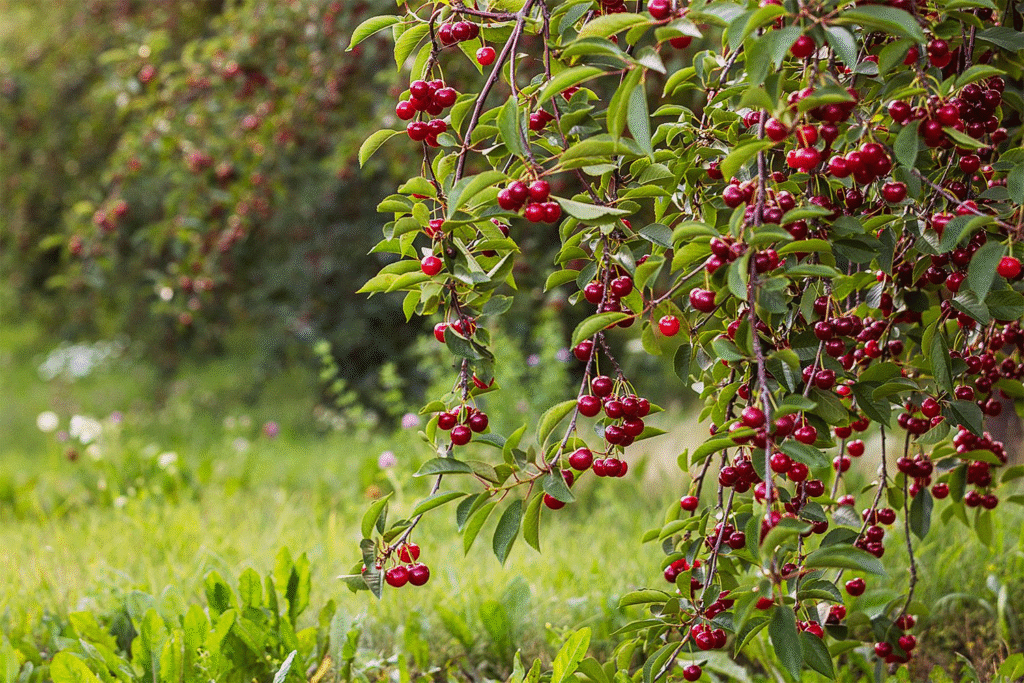
Pruning Basics
Cherry trees should be pruned annually when dormant (late winter is ideal) to:
- Remove dead, damaged, or diseased branches
- Maintain an open center for light penetration
- Control height and spread
- Improve air circulation
- Encourage fruiting wood development
For sweet cherries, the “modified central leader” system works well, while tart cherries can be trained to an “open center” form.
Fertilization Guidelines
Fertilize cherry trees based on growth and soil tests:
- Young trees: Apply a balanced fertilizer (10-10-10) in early spring
- Bearing trees: Use a lower nitrogen formula (such as 5-10-10)
- Always follow package directions for application rates
- Avoid fertilizing after mid-summer, which can stimulate late growth vulnerable to winter damage
Winter Protection
In colder regions, protect your cherry trees by:
- Applying mulch around the base (but not touching the trunk)
- Wrapping young trunks with tree wrap to prevent sunscald
- Protecting from animal damage with hardware cloth or tree guards
- Avoiding late-season fertilization that stimulates vulnerable new growth
Success Stories from US Cherry Growers
Many home gardeners across the United States have successfully grown cherry trees in various settings. In Michigan’s tart cherry region, backyard growers often find success with minimal spraying by choosing disease-resistant varieties and practicing good sanitation. In urban areas, dwarf cherry trees in containers allow apartment dwellers to enjoy homegrown fruit from balconies and patios.
The National Cherry Festival in Traverse City, Michigan celebrates the rich tradition of cherry growing in the United States and showcases the versatility of this beloved fruit.
Conclusion
Growing cherry trees requires some patience and attention to detail, but the rewards—beautiful spring blossoms, summer fruit, and fall color—make it well worth the effort. By selecting appropriate varieties for your climate, providing proper care, and addressing problems promptly, you can enjoy homegrown cherries for many years to come.
Whether you’re planting a single dwarf cherry tree in a container on your patio or establishing a small orchard in your backyard, these guidelines will help you grow healthy, productive trees. Remember that local conditions vary, so don’t hesitate to consult your county extension office for specific recommendations for your area.
For additional information on cherry tree varieties and cultivation techniques, visit the USDA National Agricultural Library or contact your state’s Cooperative Extension Service.
